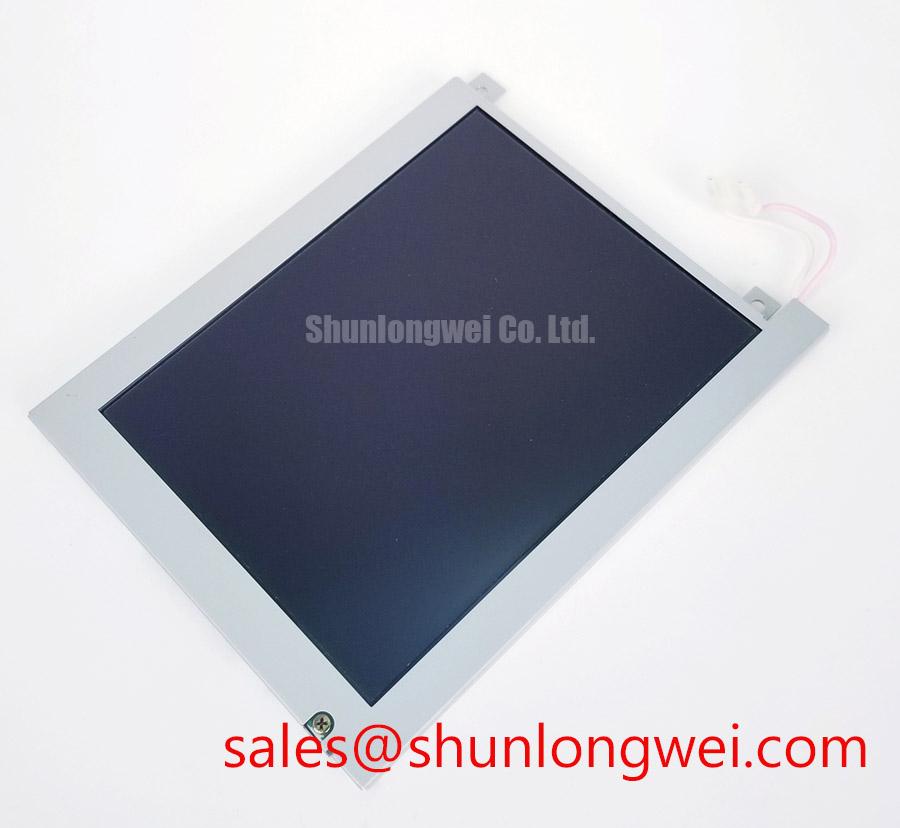Technical Parameter Comparison: Resolution, Display Technology, and Brightness
In contrast, the KCS3224ASTT-X8 by Kyocera is a 5.7-inch CSTN-LCD panel (STN, Normally Black, Transmissive) with a QVGA resolution of 320×240, and a lower pixel density. The typical brightness is 110 cd/m² with a 25:1 contrast ratio, reflecting its intended use in less illumination-critical environments.

Notably, the Samsung module leverages TFT technology, enabling faster switching times—22.7 ms compared to Kyocera’s 220/110 ms (Tr/Td). For industrial applications demanding real-time visuals, such as control interfaces and in-vehicle displays, this speed advantage is significant.
Evaluating Performance: Viewing Angles, Color Fidelity, and Reliability
Color reproduction is more robust on the LMS700KF01-001, supporting 16.7 million colors at 50% NTSC, versus Kyocera’s basic color CSTN approach. This wider gamut supports more intricate interface designs—essential for high-end HMIs or portable electronics.
On reliability, both models offer solid operational ranges: Samsung’s module tolerates -20°C to 60°C, storage up to 70°C; Kyocera’s design, with its robust anti-glare surface, is also built for industrial environments though with slightly thicker dimensions (9 mm vs. Samsung’s 4.7 mm profile).
Interface, Integration and Power: Connectivity and Compatibility
These distinctions impact system design. For retrofits in legacy systems or rugged embedded platforms, the KCS3224ASTT-X8’s CCFL approach remains a staple. However, for modern industrial equipment striving for lower power consumption and slimmer design, WLEDs as in the Samsung module are a clear upgrade.
Application Focus: Matching the Right Display to Industry Needs
KCS3224ASTT-X8, with its CSTN-LCD roots, fits best in legacy system upgrades, compact control panels, and environments where cost and simplicity outweigh high graphical fidelity. Rugged machinery retrofits or older medical instruments remain common ground for this technology. Its slower response time is less consequential here, as dynamic visuals are not a priority.

Industry Trends: Mini LED, High Refresh Rates, and Cutting-Edge Developments
Further, the demand for industrial-grade LCDs with high refresh rates (≥120Hz), superior anti-glare coatings, and flexible or transparent form factors is reshaping the selection criteria in fields like medical imaging, outdoor signage, and advanced vehicle cockpits. The Samsung LMS700KF01-001, with its 60Hz refresh rate, aligns with moderate motion requirements, while the Kyocera’s 75Hz offers slightly smoother updates for static-rich displays.
Innovative research by Samsung and its peers into flexible LCDs, and BOE’s investment in transparent/high-brightness panels, exemplify where the next generation of industrial display solutions is headed. Procurement and engineering teams are increasingly evaluating displays not only for existing fit but also for futureproofing against rapid technological evolutions.
Decision-Making Perspective: Selecting the Optimal LCD Module
For cost-driven updates or direct replacements in mature industrial controls, the KCS3224ASTT-X8 remains a solid choice thanks to its widely compatible signal interfaces and CCFL longevity. Its enduring value lies in compatibility and simple design.
Ultimately, the choice is scenario-driven:
- Innovation-driven sectors benefit from high-resolution, wider color, and newer backlighting (e.g., LMS700KF01-001).
- Legacy support and rugged simplicity favor CSTN-LCDs like KCS3224ASTT-X8, especially where lifecycle management outranks visual brilliance.
For further exploration of industrial LCD solutions and related products, visit the SLW Electronic homepage.
